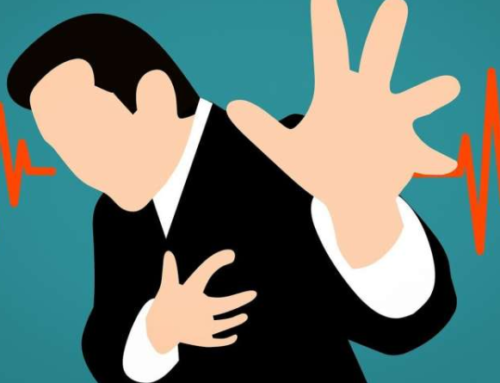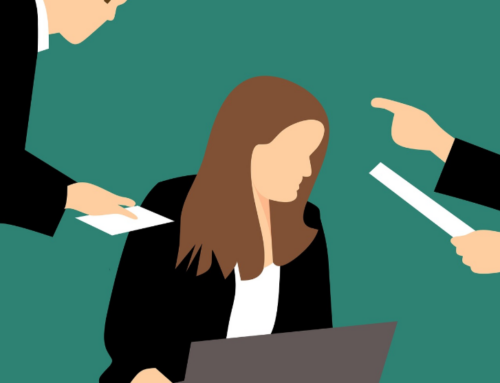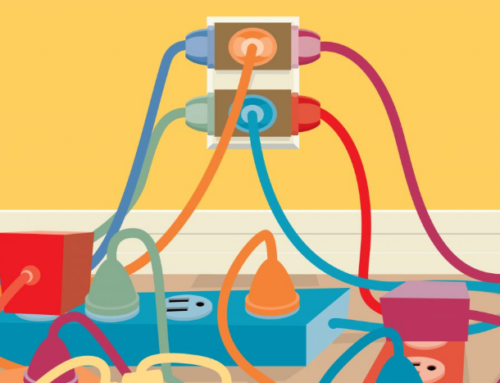WHAT’S AT STAKE
The back is made up of bones, muscles, ligaments, vertebrae, disks, and connective tissue, and workplace back injuries can damage any of those. Though injuries can happen anywhere along the spinal column between the head and the tailbone, the majority of workplace back injuries involve the lower back. Perhaps the most common of these are disk problems, which result when one of the disks that act as a shock absorber between the vertebrae in our spinal column are suddenly compressed and ends up protruding out of its normal position. If this disk touches a spinal nerve it can result in severe pain.
WHAT’ S THE DANGER
Back injuries and primarily lower back injuries are the most prevalent and hardest – to – prevent injuries on the job. Back injuries often occur when:
- An individual is lifting up an object
- Using improper lifting techniques such as lifting with the back and not the legs
- Lifting an object that is too heavy for the individual
- Twisting while lifting or carrying objects
- Repetitive lifting during a work task
COMMON ON-THE-JOB BACK INJURIES INCLUDE:
- Lower back strains and sprains: Lower back injuries are fairly common among workers. Employees who must sit or stand for long periods of time may develop pain in their lower back, while employees who are very active could easily sustain a sprain. Most of these injuries are mild and may be treated with pain medication and physical therapy.
- Bulging, herniated, and slipped discs: In between each vertebra bone sits a soft disc that acts as a shock absorber. When one of these discs slips out of place or is damaged, this can cause a great deal of pain.
- Pinched nerves: When a disc pushes against a nerve in the back, this is called a pinched nerve. This type of injury can be very painful and can affect the neck, back, and legs.
- Fractured vertebrae: Fractured vertebrae can require substantial medical care. Injuries that result from traumatic accidents, such as motor vehicle accidents or heavy machinery malfunctions, can include fractured vertebrae.
- Degenerative disc disease: As we get older our lumbar spine discs suffer wear and tear.
HOW TO PROTECT YOURSELF
Eliminate – The best way to protect individuals against back injuries is to eliminate as many lifts as possible during the work day. Using equipment such as forklifts, heavy equipment, dollies, etc. are the best way to achieve eliminating handling and lifting objects by hand. Break down large or heavy objects that pose a hazard when lifting into smaller safer loads when possible.
Engineering Controls – Install mechanical lifting devices and conveyor belts where feasible to limit handling objects. Install proper shelving and setup storage areas that keep objects and lifts within an optimal range.
Administrative Controls – Use the buddy system when lifting any awkward or heavy objects. For example, having a policy to not lift anything over 100lbs as a team without first involving a supervisor to see if there is a safer way to complete the lift is an administrative control.
Personal protective equipment such as back supports or back belts have not shown to be overly effective in preventing back injuries. These devices often create a false sense of security when completing lifts.
YOUR RESPONSIBILITY
- The first step is to get in good physical shape and maintain it. Being overweight, especially when most of the excessive weight is carried in the abdomen, creates tremendous stress, day in and day out, on the back. Getting in shape means developing good eating habits and exercising regularly. It also may include building strength through weight training or other exercise designed to strengthen the body core.
- It is also important to maintain good posture and find effective ways to manage stress.
- Stretching before work starts is a good idea. The goal is to slightly elevate the heart rate and get blood flowing to the muscles as well as to the discs between the vertebrae in the spine.
- When facing a specific task, always assess the load and decide if it can be handled by one person. See how far it must be moved. See if there are obstacles in the path. Set the task up to be as easy as possible and bring in help whenever necessary.
- Keep in mind that some tasks can be better done with mechanical equipment. Talk to the foreman about using lifts or other equipment.
- When actually lifting, bend the knees and get as close to the load as possible. Keep the back straight and use the legs to do the heavy work. Avoid twisting when lifting, carrying or lowering the load. While carrying, keep it as close to the body as possible. When finished, take a few seconds to straighten and stretch the back.
FINAL WORD
Safely one of the best ways to protect yourself from bodily harm when lifting, pushing or pulling is to use proper equipment, lifting technique or ask for help. Take the time to examine the object and know your personal limits. Always ask for help if the object exceeds your limit.







